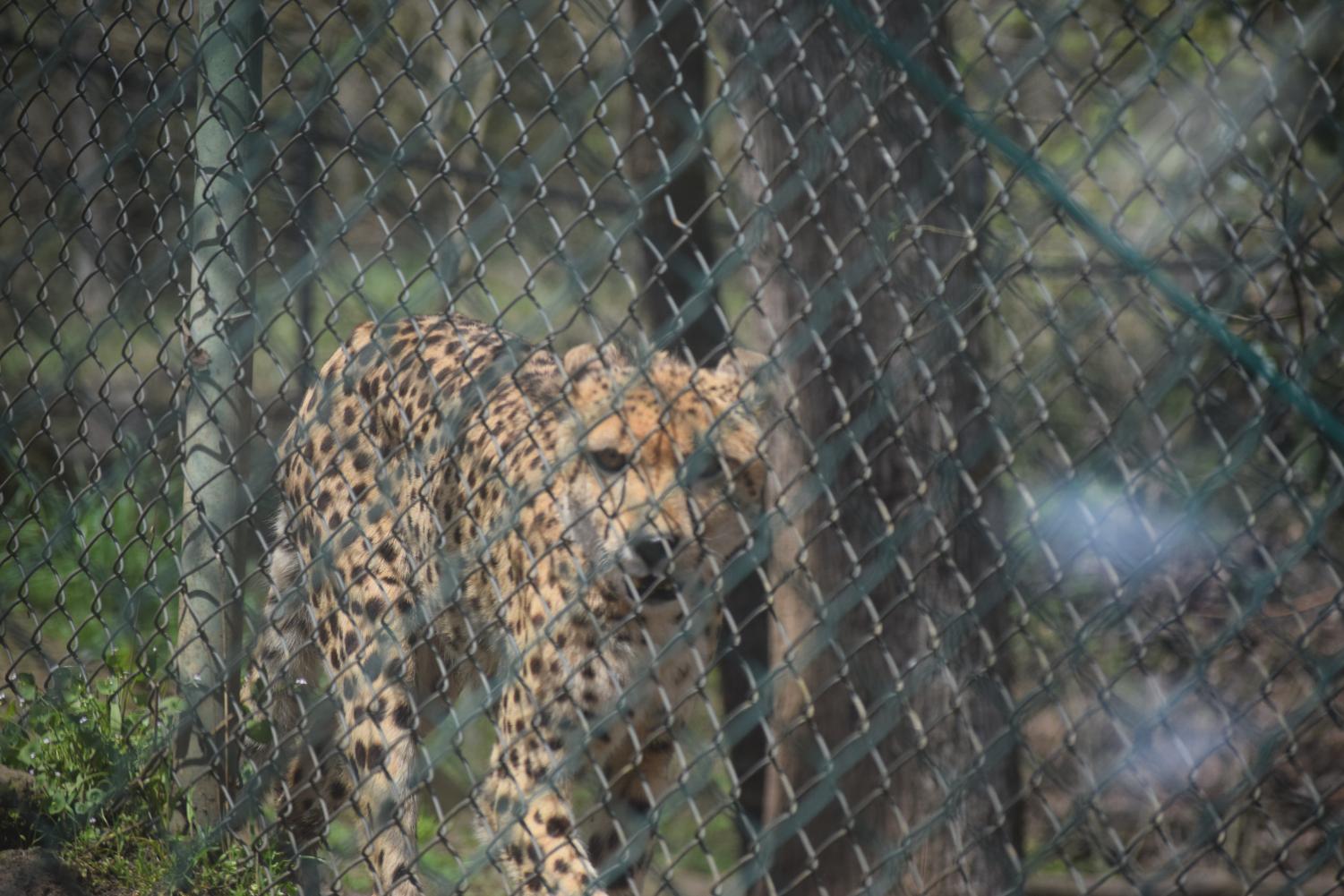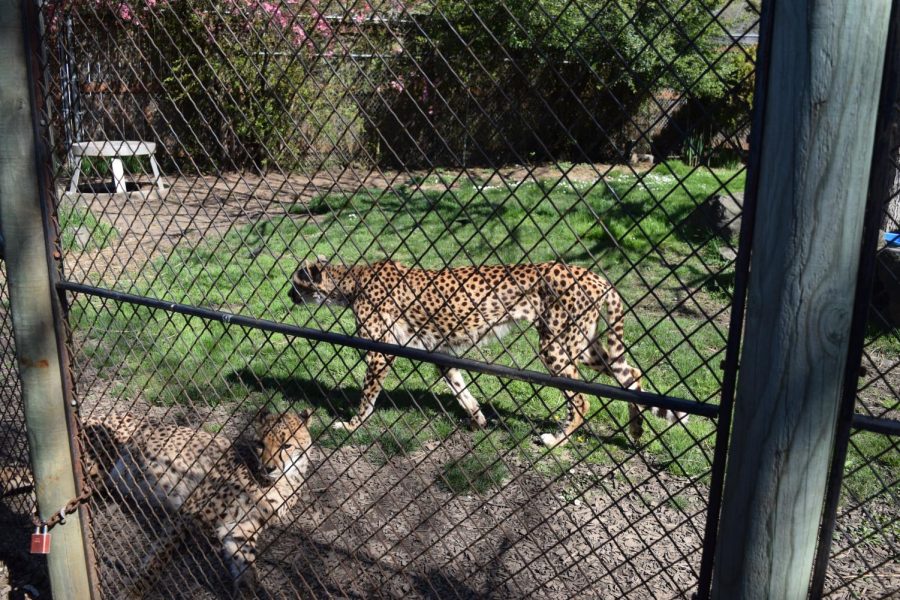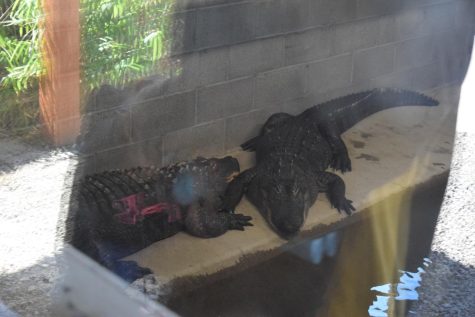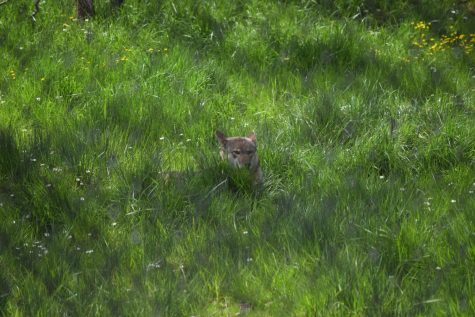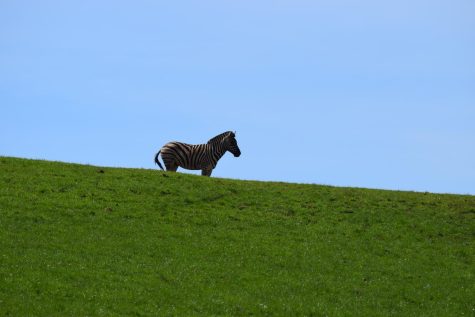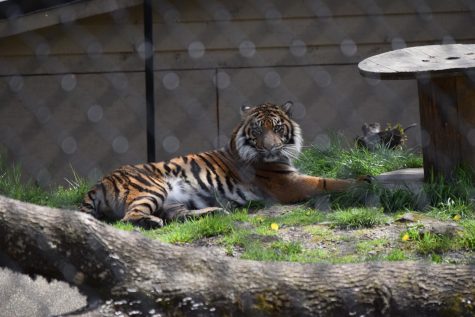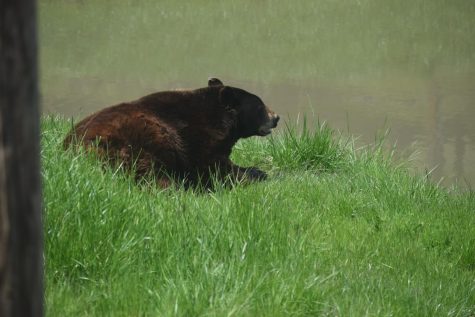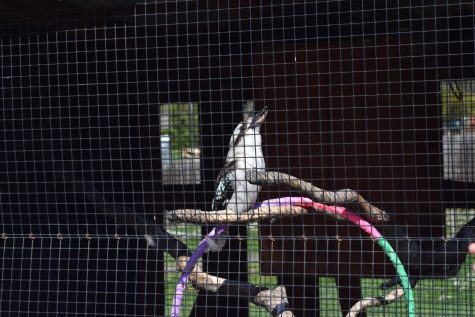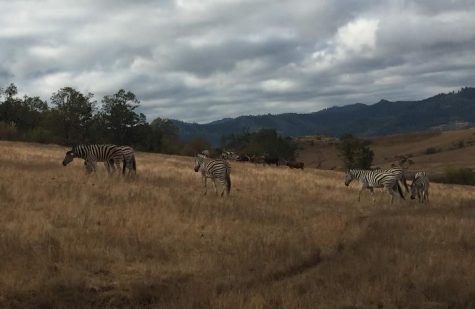Meet the Cheetahs
Two of the Wildlife Safari’s 27 cheetahs are visible in the Village area. Winston, Oregon.
June 2, 2023
At the Wildlife Safari, there are currently 27 cheetahs. They are all named, and the ambassadors are: Khayam, KJ, and Mchumba. The conservation status of cheetahs is vulnerable, and that’s why the Wildlife Safari started the Cheetah Breeding Program. With 260 cheetahs being born at the Safari since the program started in 1972, it puts the Safari’s cheetah breeding program at second best in the world.
The oldest cheetah born at the Safari lived to 18 years old. While the current youngest cheetahs are around two months old. In the wild, their average lifespan is 8-10 years, and in human care they can live up to around 13 on average.
Cheetahs are carnivores, meaning they only eat meat. Lean meat is preferred for the cheetahs’ diets because fat is hard for them to digest. Some of cheetahs’ defining physical characteristics are their spots, and the teardrop lines below their eyes. Cheetahs are able to run up to 70 mph, but they aren’t able to keep up that speed for long periods of time. The native habitat of cheetahs would be the grasslands of Africa.
There are few different types of training the cheetahs can go through at the Safari. The cheetahs are trained for husbandry behaviors to help them participate in their own healthcare. This includes injection training, taking medication, and displaying their paws for observation. Additionally, the ambassador cheetahs go through special training to make them handleable at events. Others can get leash training to be taken to schools for educating students. The farthest the Safari has taken one of their cheetahs was to Kansas.
If you’re interested in seeing the cheetahs, go on over to the Wildlife Safari. You’re able to find two cheetahs in the village of the Safari by the entrance, and 20 others are visible in the drive thru. The other five are away in breeding area, Lover’s Lane, and aren’t visible to visitors. Lover’s Lane is not visible to the public because cheetahs need privacy to breed. The other cheetahs are rotated through the different available habitats in the drive thru, so there are rarely the same cheetahs in the same location twice when guests come through. The village is always free to visit, so head over and check out the two cheetahs in the village and other village animals today.
